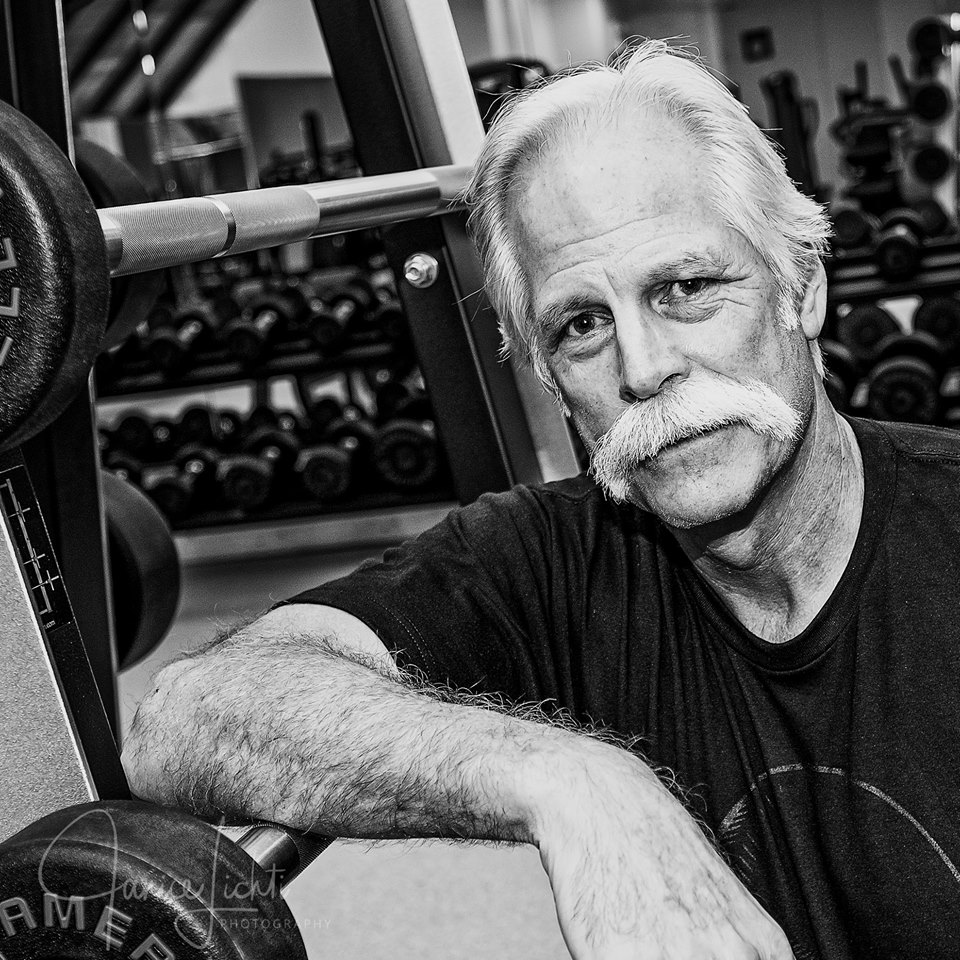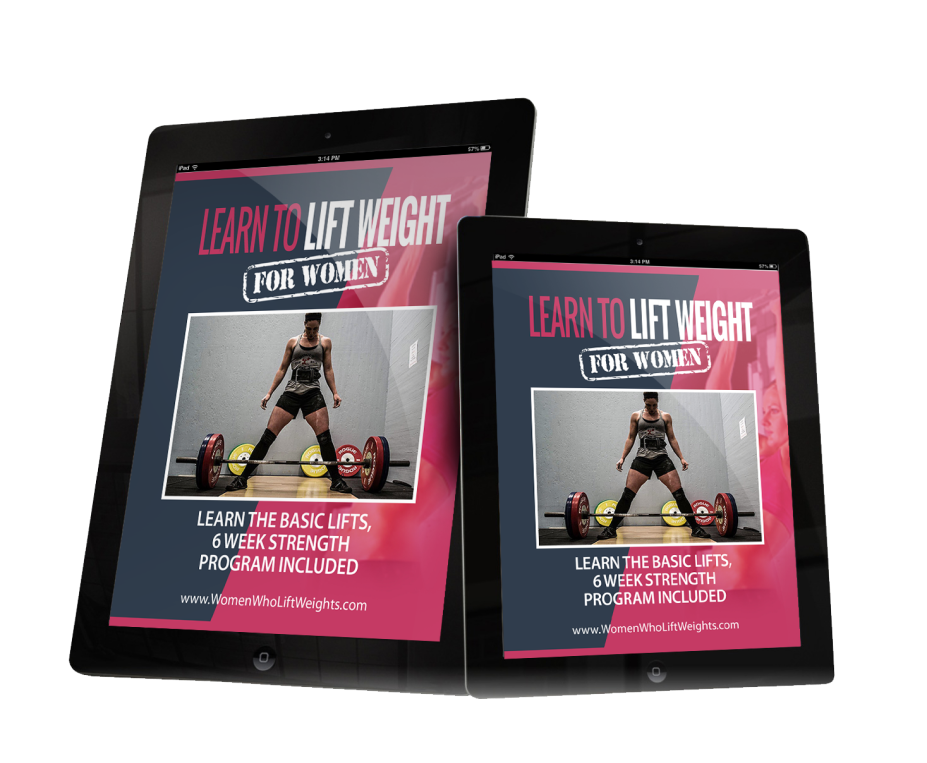The Short Stop Squat: A Drill For Setting Up Big Pulls
The short stop squat: A drill for setting up big pulls 
Professor Stuart McGill
I am often asked for my opinion about the best way to squat, or to pull a loaded bar. My answer always is, “It depends on the person”.
We all different. We have a different injury history influencing which tissues may need sparing, different body segment length ratios affecting leverage advantages, different hip socket depths that determine the depth of the squat before the pelvis tucks stressing the lumbar discs, etc. What is best for one person will not be best for their training partner.
Here is a drill I use that will help all lifters set‐up their pulls, despite their individual differences. We call it the short‐stop squat. If you know American Baseball you will catch on very quickly.
Begin with the feet apart. Try a few knee bends and adjust the internal/external rotation of the hip, to get perfect knee and ankle hinge tracking. Now look at the turn‐out of your feet. Remember this angle and start in this position.
Now to start the drill, stand tall and place the hands on the top of the front of the thighs. Make a “V” between the thumbs and the finger. Keeping the arms straight, push the hands down the thighs, only hinging about the hips – do not allow the spine to bend. Stop as the hands reach just above the knee cap and robustly grab around the knee. This is the short stop posture.

Check the position of the knee. If you drew a vertical line down from the knee it will fall between the balls of the feet and the heels. This ensures that the hips are well behind. Play with your balance so you feel the centre of pressure from the ground in the middle of your feet.
Enjoy carrying the weight of your upper body down the arms and onto the thighs. Focus on the curves in your torso – are they the same as when you were standing? If they are you have good form. If they are not, adjust them back to the natural curves.
To lift from this position, many will shrug. You will not. You will perform the “anti‐shrug” by compressing the shoulders down into your torso with co‐contraction of the pectoral and latissimus dorsi muscles. This stiffens your torso with the normal curves intact.
Now to stand up you must think differently. Do not think about lifting with your back. Instead think about stiffening your back and torso and the rising motion happens by simply pulling your hips forward as you slide your hands up your thighs. Practice this stiffening and movement sequence.
Now it is time to pull. Adopt the short stop position with your hands on your thighs. Grip the ground with your toes and heels. Begin the anti‐shrug. Now grab the bar with a double overhand grip. Try and bend the bar with external shoulder rotation. Image “gathering” your back adding to the stiffness. Squeeze the bar harder thinking about force in all fingers – just not the first and second. Add some more effort to “spread the floor” through the hips. Now you have torso stiffness approaching optimal it is time to pull the hips forward. The load will rise from the floor, and you have perfected a form that enables heavy pulls with an injury resilient body.




Common Injury Mechanisms:
Loosing stiffness and control: Much thought is given to setting the wedge prior to moving the bar for a lift. But then when lowering the bar some lifters relax the muscles to allow lengthening. This strategy allows the joints to get sloppy stressing some tissues such as the spine discs, ligaments and muscles. The prevention is to stay tight while lowering. Cues: stay tight during the lift then take a few small “sips of air” then maintain the stiffness and control and lower the bar or load. Then return to standing upright before relaxing the body.
Squatting deeper than your body and anatomy will allow: Every person has a hip socket that may be shallow or deep. If it is deep the thigh bone (femur) will collide with the top of the socket and can cause femoral-acetabulum impingement. This variant in anatomy usually means the power production out of the hole is poor. It also increases the tendancy for “butt wink” which can cause lower back disc stress and pain. Contrast this to the shallow hip socket and there is great power production in the lower half of the squat and little tendency for “butt-wink”. Cues: assess your hip with the pelvic rock drill and then work the deep squat with the goblet squat and see if there is any potential for depth enhancement. If you lift for fun and health set the blocks for starting height of the load to suit your anatomy – you will have a longer lifting career.
Choosing a lifting style that suits someone else – but not you: Some people have shorter thighs while others have longer thighs and perhaps longer arms. This will determine your suitability to lift with a sumo or conventional style, or train with a front squat or a back squat etc.
Ignoring your grip strength: Grip strength is a common deficit but is so important for a healthy back. Competent grip allows the lifter to maintain a double overhand grip with higher loads. This allows a better lifters wedge, more latissimus dorsi engagement etc. Cues: coach hand strength and then finger strength. The set the wedge and “bend the bar” to enhance spine stiffness allowing more hip power to be transmitted through the torso linkage and to the bar.
Failing to build a core of iron around your spine: Most top power lifters who come to me with back pain have strength weaknesses in twist and the frontal plane (side to side). The spine is a flexible stack of bones that will buckle under load if it is not stiffened. The torso muscles form a guy wire system all around the spine to allow it to bear high load. Power lifting creates high sagittal plane strength (front and back) but not frontal plane. The prevention is to perform the two essential core exercises each day. These are the birddog and rolling side plank (front to side plank roll). Then walking with one kettlebell in a unilateral suitcase carry. Cues: Do not lock the knees but rather “glide” with each step. Progress to bottoms-up carries.
Inappropriate footwear choice: Should you lift barefoot or with elevated heels? The answer could be either. Test both. Try an elevated shoe and tie it tightly. See how you lift. Then try barefoot. You will know which works better for you.
Dr. Stu McGill
Dr. McGill Books & Resources on Amazon.com
Personal note from Coach Rob about Stu McGill.
I can’t say enough positive about what I have learned from Dr. McGill. For 10+ years I was injured and broken from a back injury. This set back my t raining and my life. I counted squat, deadlift or do anything heavy. I thought I was done.
After meeting Dr. McGill and applying his information I was able to get back to competitive PowerLifting which I never thought would happen.
From this I worked forward and have competed 20+ times.
I have competed for Team Canada 9 times, set a National Squat Record, A CommonWealth deadlift record and won 2 Worlds Medals (in squat and deadlift).
All of this after hurting my back.

Hey Stu,
I just wanted to take a moment and say thank you. When I met you at the workshop in Arizona a few years ago I was in agony and barely training at all. I was hurt and depressed.
Since meeting you, learning from you, applying what I have learned I have overcome by back injury and helped MANY others at my gym. A few weeks ago I trained my butt off for Lifting Nationals. I broke the Squat Record with a 210. kg squat.
Following this I competed in Finland at the IPF World Championships and Deadlifted 252.5 kg / 550 lbs to win a Bronze medal in deadlifts.
I never would have thought this would ever be possible considering before standing and sitting in my jeep was agony.
I am truly grateful for your help and to know you. I just wanted to send you a note and say thank you. I am truly grateful for your help and expertise and I would not be here without you. – Rob K. Canada
Check out my article on my personal blog about the Top 3 Things I Learned From Dr. Stu McGill.

Dr. Stuart McGill is Professor Emeritus after 32 years at the University of Waterloo where he had a laboratory/clinic that explored low back pain, rehabilitation and performance enhancement. He has been the author of over 240 medical and scientific journal papers.





